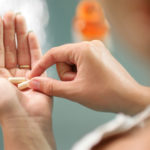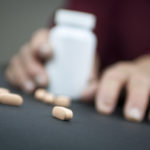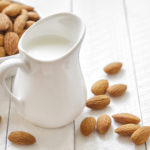Topping Off Energy With Taurine?
I am curious about taurine, the active ingredient in the product Red Bull. What is it? What does it do? Is it safe?
Andrew Weil, M.D. | May 30, 2003

Taurine, often called an amino acid, is not part of the human body’s structural proteins. Rather, it remains free in the blood and tissues. In fact, it is one of the most abundant free amino-acid-like compounds found in skeletal and cardiac muscle, as well as in the nervous system, and it is important in metabolism, particularly in the brain. Taurine works in electrically active tissues to stabilize cell membranes. It also has functions in the gallbladder, eyes, and blood vessels, and appears to have some antioxidant and detoxifying activity. Taurine aids the movement of potassium, sodium, calcium and magnesium in and out of cells and thus helps generate nerve impulses.
Medically, taurine has been used to help treat epilepsy and other excitable brain states. Its anti-convulsant effect comes from its ability to stabilize nerve cell membranes, which prevents the erratic firing of nerve cells, and research has shown that taurine levels tend to be low at seizure sites.
In Japan, taurine is used to treat ischemic heart disease. Taurine also has potential for the treatment of certain heart arrhythmias. Patients with congestive heart failure are reported to have responded to taurine therapy, and taurine may help in the treatment of both hypertension and high cholesterol. It can improve gallbladder function by forming a substance called tauracholate from bile acids, which helps increase cholesterol elimination in bile.
The manufacturers of Red Bull claim that the body’s taurine production declines with extreme physical exertion and that this change can be remedied by drinking a can of Red Bull. I can’t say whether the taurine in Red Bull is responsible for the purported energy boosting effects. The other ingredients include caffeine and sugar, either of which could be a source for any energy surge some people may experience. Since the drink contains caffeine, sugar, B vitamins, and glucuronolactone (a substance found in the body that helps remove toxins), it is impossible to say whether one or more of the ingredients, the combination, or a clever advertising campaign deserves credit for its effects and commercial success.
Andrew Weil, M.D.









